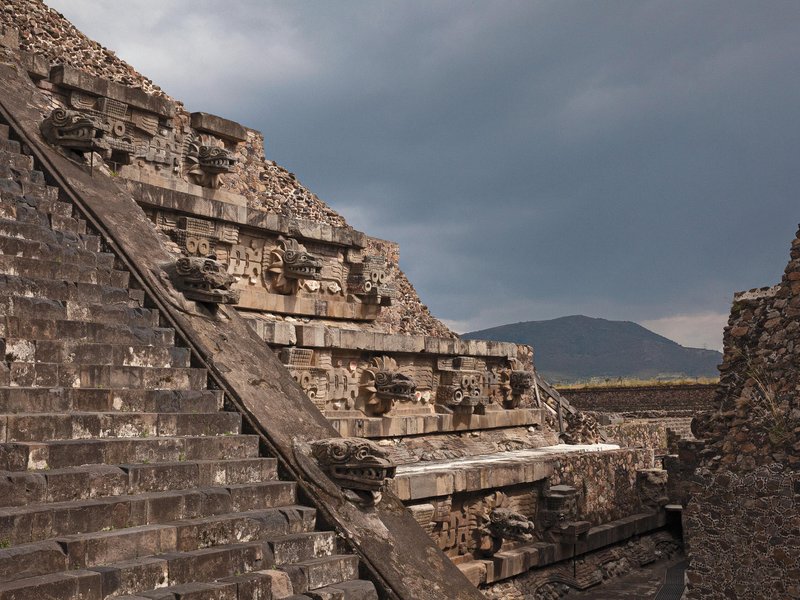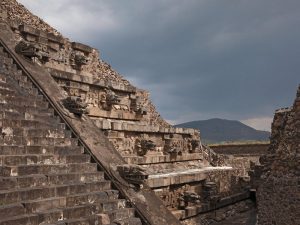In the fall of 2003, a heavy rainstorm swept through the ruins of Teotihuacán, the pyramid-studded, pre-Aztec metropolis 30 miles northeast of present-day Mexico City. Dig sites sloshed over with water; a torrent of mud and debris coursed past rows of souvenir stands at the main entrance. The grounds of the city’s central courtyard buckled and broke. One morning, Sergio Gómez, an archaeologist with Mexico’s National Institute of Anthropology and History, arrived at work to find a nearly three-foot-wide sinkhole had opened at the foot of a large pyramid known as the Temple of the Plumed Serpent, in Teotihuacán’s southeast quadrant. Needless to say that Sergio Gómez found a tunnel that is helping us better to understand Teotihuacán.
A Secret Tunnel Found in Mexico May Finally Solve the Mysteries of Teotihuacán


